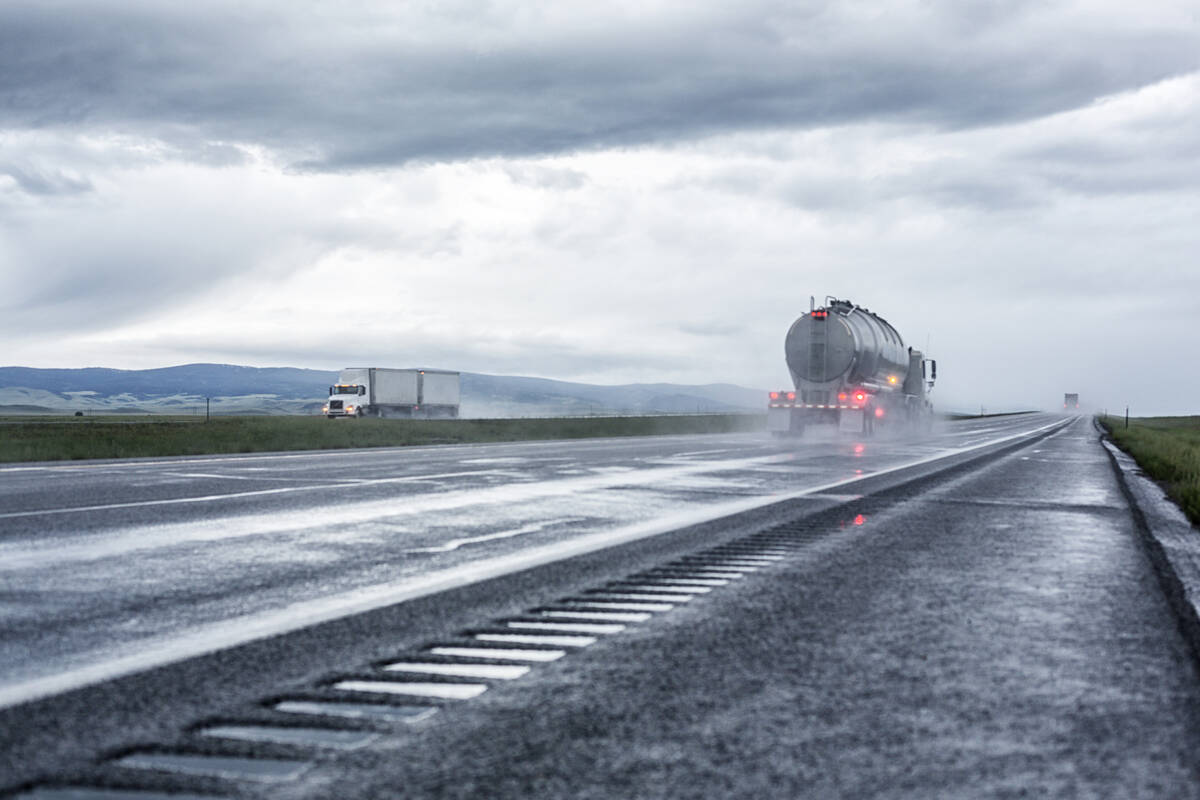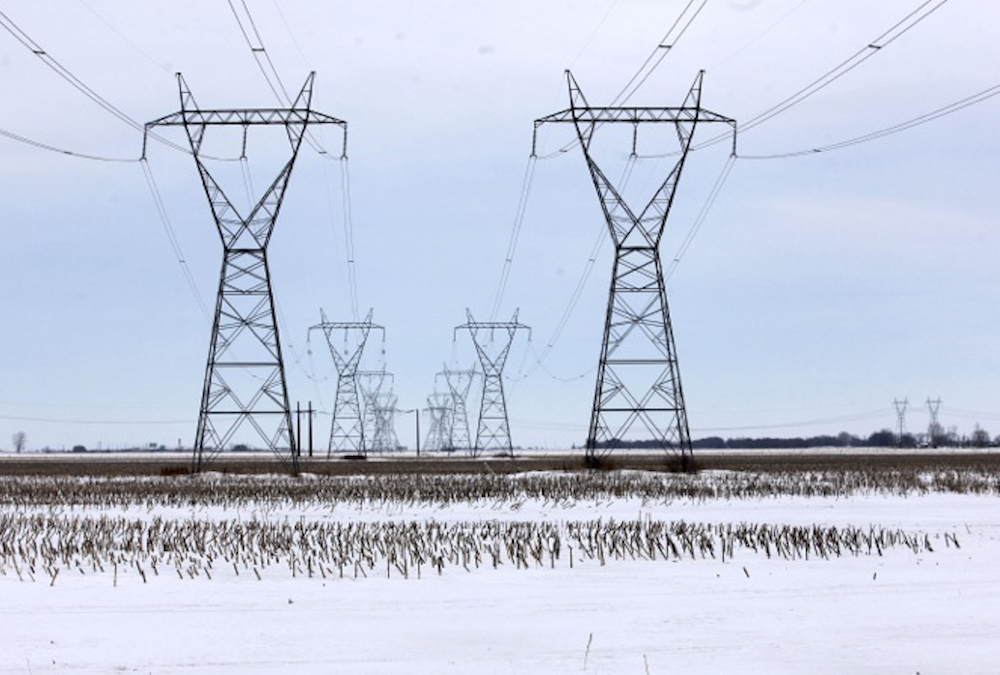Manitobans can expect fewer services and paying higher user fees for recreational facilities if electricity rates rise.
That’s the message Association of Manitoba Municipalities president Chris Goertzen had for the Public Utilities Board earlier this month.
The rate hikes being proposed will make it difficult for municipalities to budget, said Goertzen, who reminded the board that municipalities’ operating budgets have been frozen at 2016 levels and they aren’t allowed to run deficits.
Read Also

Province pledges funds to CentrePort Canada
The Manitoba government has pledged $450,000 towards projects at inland port CentrePort Canada.
Manitoba Hydro is proposing 7.9 per cent annual increases in power rates over five years to cover costs of its new transmission lines and dams.
The matter was a hot topic at the AMM convention this past November when delegates voiced serious worries about the crimp it will put in their budgets.
“It’s no coincidence that this was the first resolution that we dealt with. It’s a very high priority for councils across the province,” said Goertzen in an interview.
- Read more: Municipalities unimpressed with Hydro hikes
Goertzen said the fallout for public recreation facilities throughout Manitoba is one of the biggest concerns among the 137 municipalities These sites are already expensive to operate and have limited means to raise revenues, he said.
Assessments done in Portage la Prairie show the Portage Regional Recreation Authority’s electrical budget at $270,000 in 2017 would rise to $395,000 in five years — or 46 per cent — if successive 7.9 rate increases were approved, he said.
The RM of Pipestone has pencilled the proposed rate increase would tack an additional $21,000 on its bill to keep the lights on at its local rink, affecting future decisions like equipment replacement and building maintenance.
Other leaders say the impact will be hardest felt in communities that have aging arenas past the point of meriting costly upgrades to reduce energy use.
“These are significant impacts and we want the PUB to take our concerns seriously, and Manitoba Hydro to find other ways to balance its books,” Goertzen said.
Municipal leaders have also pointed out ratepayers will be hit twice by increased hydro rates insofar as their own home heating and energy costs will rise.
That point was made by other presenters at the Jan. 5 hearing.
Dan Mazier, who is Keystone Agricultural Producers president, spoke at the hearing from a personal perspective on the impact rate hikes will have on rural residents like himself.
Mazier said his family’s personal situation is sort of a case study on energy-efficient farm homes versus those that are not.
“I had two different stories to tell,” he said.
Whereas their primary farm home, built in 1994 and fitted with both geothermal and a solar power won’t be affected, an older home on their farm now rented out most certainly will.
Rate increases will mean a much higher bill for it, he said.
“Across the road in our farmyard we have a house that was built in the 1950s, a three-bedroom bungalow. The budget plan for it would be about $250 a month, and that’s with no air conditioning.
“If you think of that $250 a month increasing 50 per cent over five years that’s quite a slam.
“If you just look at housing alone there will be sizable increases in electricity costs for rural Manitobans,” he said.
Manitoba Hydro wanted the 7.9 increase for 2017-18, but the Public Utilities Board only allowed an increase of 3.36 per cent, which came into effect last Aug. 1.
The utility’s long-term financial plan seeks five years of 7.9 per cent rate increases (starting in 2017) after which it projects increases of two per cent annually.
















